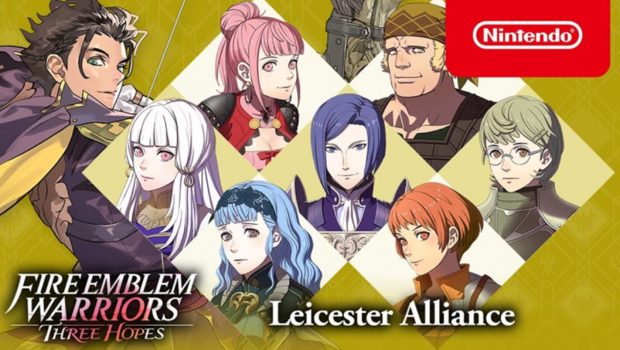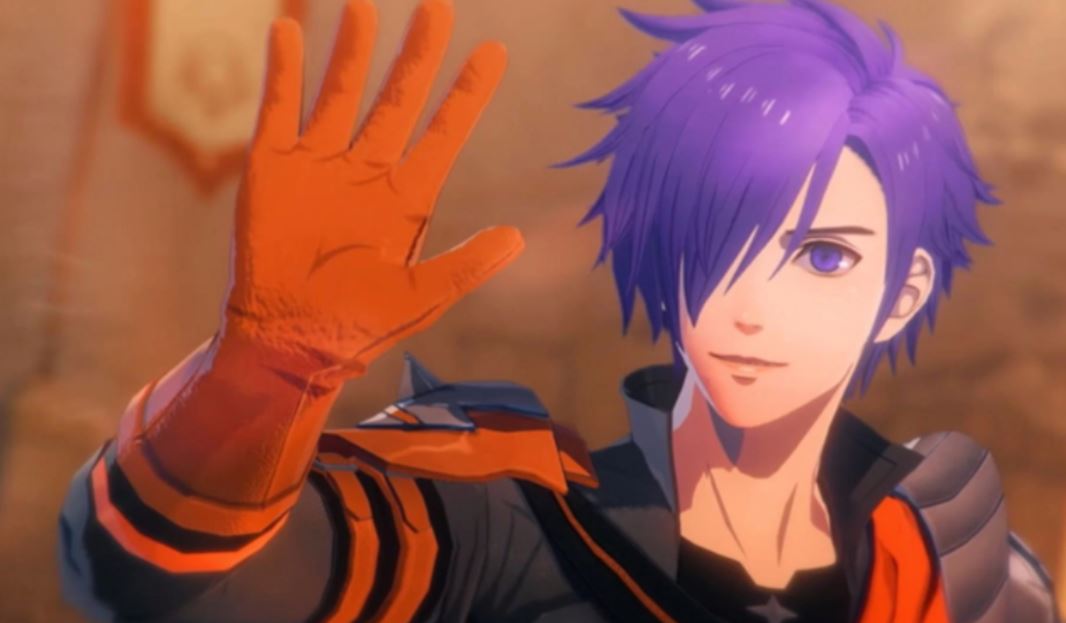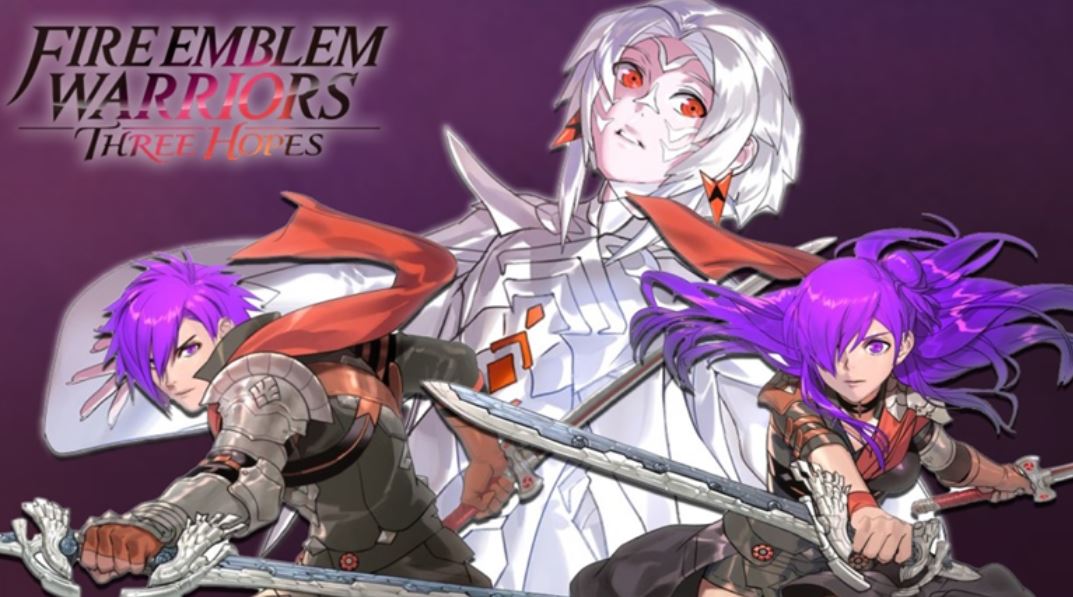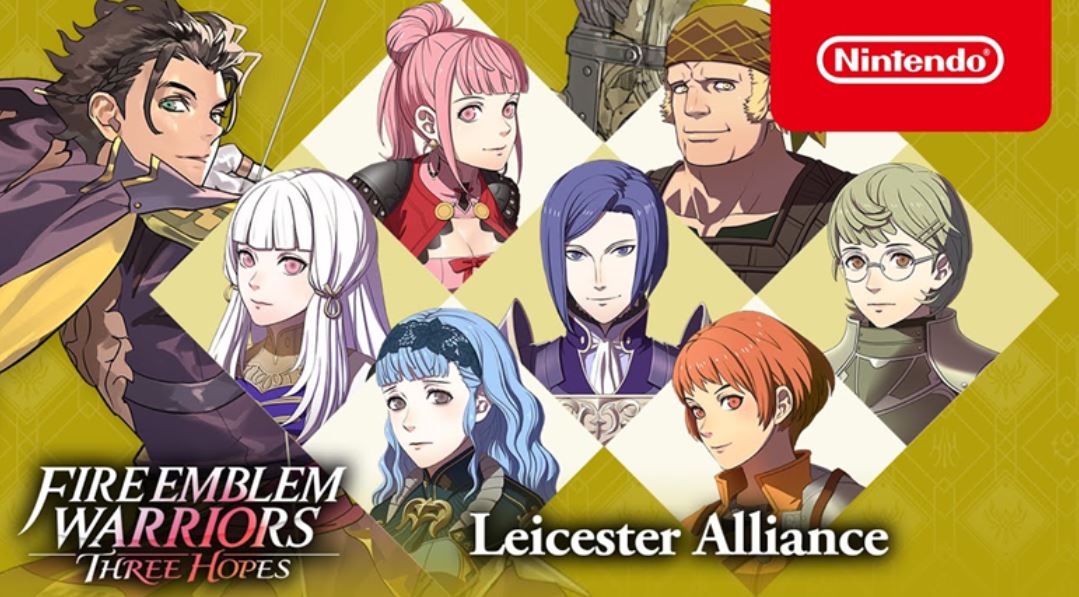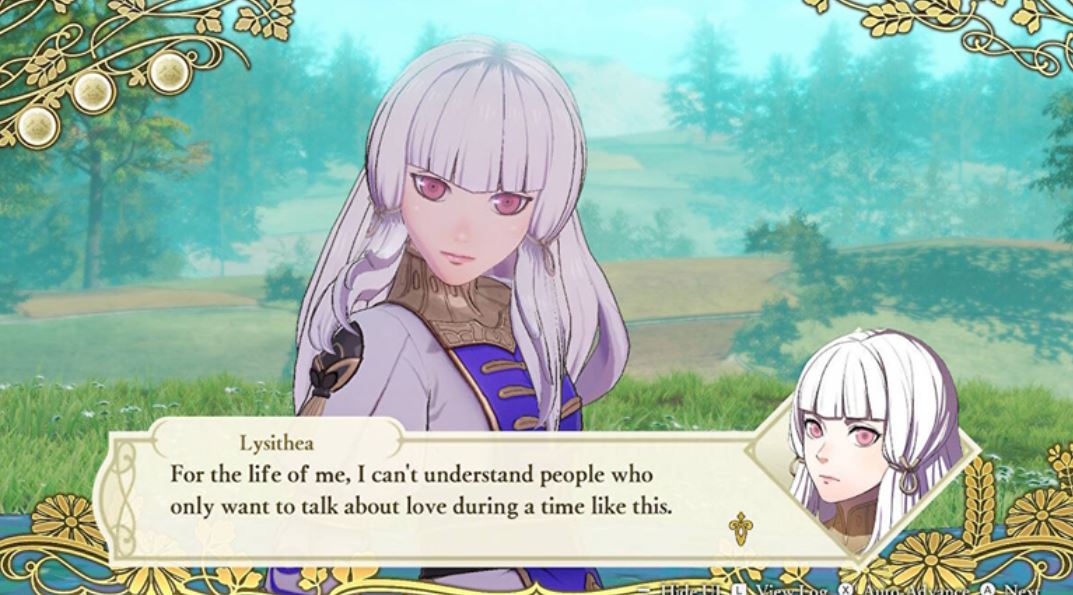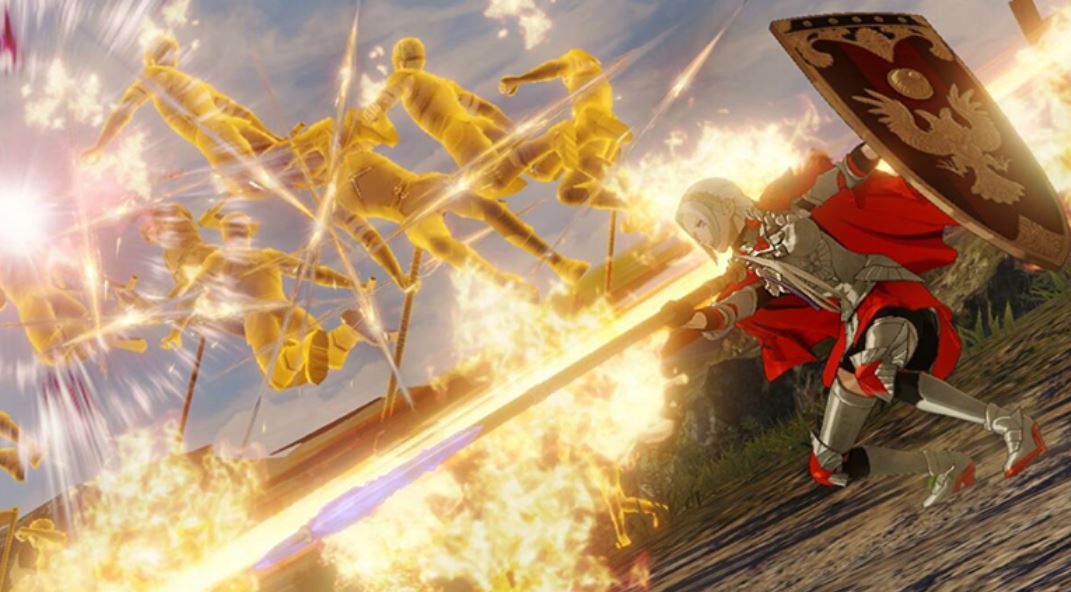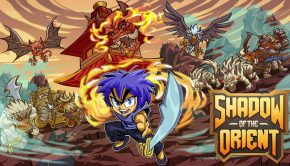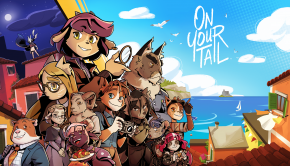Fire Emblem Warriors: Three Hopes Review
Summary: Despite some minor gripes, Three Hopes is still a great Fire Emblem game with plenty of value for fans of the series. I really look forward to future updates and DLC to this game and to explore a lot of what New Game Plus and higher difficulties offer.
4.5
Almost great
During many Covid lockdowns in 2020, I found myself deeply invested into playing Fire Emblem Three Houses. It became my comfort game, and I sunk over 5 playthroughs and 300 hours into it, going through all the potential routes. Now in 2022 where COVID infections are at an all time high and toughing through a freezing Melbourne winter, a return to Fodlan is yet again that nice blanket amidst everything.
Fire Emblem Warrior: Three Hopes can simply be summed up as “everything you love about Three Houses, and more”. Despite a completely revamped combat system, and the story being a non-canon alternate universe, the game offers more time to spend with its wonderful cast of characters. It also adds extra dimensions to the original Three Houses story, introducing characters only mentioned in dialogue. The game goes to great lengths to show alternate interactions with other characters as well, building on their established lore giving you more reason to love them. In saying that however, the game is definitely for fans of the original Three Houses, as it does not hold your hand in explaining much of the background lore of the game for newcomers.
My personal first run of the game took about 70 hours to beat. The game has tremendous value, which surprised me as I was expecting the game to have half the depth of the original. My expectation was the game mirror Spider-Man: Miles Morales, where the length was that of an extended DLC. Fortunately this is not the case, and can definitely be classified as a legitimate Fire Emblem title. If you’re a fan of the original Three Houses, this game is definitely worth playing.
Story:
The story of Three Hopes can best be described as a “Fire Emblem: What If…?” episode. Much like What If?, the premise is an excuse to spend more time with the world’s characters and to see their personality shine. The premise is, what if Byleth never met any of the students in Three Houses? You play as Shez, a mercenary whose company is murdered by Jeralt’s company. After a near death experience, you are saved by Arval, the anti-Sothis, who instead of letting you turn back time, turns you into an overpowered anime demon. To not beat around the bush, Shez is definitely a let down compared to Byleth, at least Male Shez. No matter what conversation Shez is having, their mentioning of them being a mercenary will come up constantly, just in case you forgot. They are incredibly one-dimensional and uninteresting, despite being a voiced character unlike Byleth who could only nod. Personally, found Shez’s introduction to be really interesting, serving as an anti-Byleth, however I didn’t see the payoff, meaning I just found Shez to be unnaturally arrogant and kind of shoe-horned in. Thankfully the remainder of the cast carry the remainder of the interactions.
For my playthrough, I chose the Golden Deer route as in my own personal headcanon, the Golden Deer house in the original was the canon run as it explained all the lore and had a more conclusive ending. Much like the original game however, I would argue choosing Golden Deer as a first run is kind of a mistake. Not that it’s not a more conclusive or enjoyable run, but that it really emphasises that feeling of knowing a lot of the background lore of the game. In the original Three Houses, so much of the fun of Golden Deer is seeing all the easter eggs and name dropping in other routes finally pay off. There was also the exclusive focus on the main antagonists, Those Who Slither In the Dark as well which made the Golden Deer initially more interesting as well. I assumed since i was familiar with the previous game, I wouldn’t be too lost in the route, however I still was a bit. To be sure that this wasn’t an issue with other runs, I tested the other introductions and immediately I noticed Blue Lions and Black Eagles start a lot stronger. They take their time explaining much of the lore, and ties Shez into the main conflict a lot better. I would argue that Black Eagles seem to be the canon starting route given how much Edelgard’s motivations drive the initial plot of the game. In Golden Deer however, things just kind of happen around you.
***SPOILERS AHEAD***
As much as I really love the game and the story, I do have to grumble a bit about its execution.
While most of the story is still great fun, as you get to see a more bold Claude take charge of situations and the remaining Golden Deer are still incredibly endearing and fun. I still do have a major gripe. In two points in the game, when you are about to cease an important stronghold or claim a major victory, suddenly the story halts and you are forced to retreat due to the Alliance being attacked either by Alymyra of Those Who Slither In The Dark. These never feel organic and were actually so frustrating as it meant that your campaign never felt like it was actually progressing. Every time the story built towards something, you’d have the rug pulled out from under you. This leads to a lot of whiplash in the story, as you’re never quite sure where the story is moving towards. It doesn’t help that in this game, the House leaders never disclose their plans until the last moment in combat for dramatic effect I suppose.
Usually the game is very clever with how it addresses its politics and how wars are fought, but there are times things seem forced and a bit of an asspull. There is also a bit of annoyance with some characters like Hilde, Bernedetta, Linhardt and Marianne complaining about having to fight previous class mates, or just being the worst soldiers ever which can hurt their characterisation as they are fairly Flanderised here. The middle of the game feels incredibly slow as your two major battles resulted in a lame retreat where you won but not actually. It ties into a bit of an issue where the game is a bit too in love with its cast to want to put them in situations where they can be killed off, or have too much hostility with each other. Then suddenly the game climaxes towards having you face off against Rhea, after a third of the game having no antagonism towards them at all. Suddenly the game drops information about Crests and the political system of the world revolving around them. I was so surprised they were mentioned this late in the run, as Three Houses goes to great lengths to mention crests and tie them into the gameplay to build on their importance. Here, it feels like an afterthought. Choosing to make Rhea the ultimate antagonist in the run also completely abandons the set up of the Those Who Slither In The Dark storyline, which is further confusing as so much of the initial tension at the start of the story revolved around Arden connecting Shez to the group. If you fail to get the two bonus chapters, this is never explained to you and the plot thread is dropped which is really disappointing.
The conclusion of the story therefore feels really rushed, similar to Dragon Age: Inquisition where once it wraps up and you experience the epilogue, there is almost a moment of “Oh, is that it?”. There are no title cards explaining how each character moves on after the war like in the original, and there is no romantic payoff either despite almost every A level support conversation heavily implying romantic feelings with each other. The rushed conclusion hurts the game a bit in my eyes, as I left with the impression that I missed a huge chunk of the ending by not experiencing those bonus chapters. My advice is to keep an extra save file whenever the game gives you a disclaimer for when big story alterations are happening.
***SPOILERS END***
Despite some gripes with aspects of the narrative, the story is still quite good, if not just very rushed. Ultimately, it does give you more time to spend with its cast of characters and I am interested in playing through the other routes in full to see what I missed.
Gameplay:
The combat is classic Musuo, however with great contributions from the Fire Emblem series which makes this hack and slash incredibly easy to pick up if you’re a Fire Emblem fan first. For fans of Three Houses as well, everything except combat and story is the same, with a lot of quality of life changes added as well. The split between training and leisure energy is a really great addition to the downtime of the game, as building support levels with all the characters and leveling classes feels less stressful to micromanage on a first playthrough. The game also offers plenty of incentives to try playing your different characters instead of sticking to one as well, as each have unique active and passive abilities adding a lot of replayability.
The game’s combat is insanely fun, and being able to rack up 1000+ combo’s, mowing down units doesn’t stop feeling satisfying until the end of the game. Combat options also have incredible depth too, however it almost feels like too much. For example, the vast amount of weapons with extra advantages to deal with armoured or calvary units. This is a carry over from the original Fire Emblem series where you get to take multiple weapons into combat, however it never felt important in this game as you could only take in the single weapon. The amount of weapons thrown at you seems intended to be used as scrap to turn into smithing stones.
For my first playthrough, I played on Normal mode as I was unfamiliar with Musuo style games, however this was way too easy. Enemy attacks barely damage, none of my characters were ever routed and healing items are very easy to come by. This didn’t interrupt my enjoyment too much as it is great fun mowing down hordes of enemies, but it is a bit surprising how overpowered they make Shez from the get-go, eliminating most if not all of the challenge of a Normal playthrough.
The camera controls are also really clunky. For instance, in Elden Ring, if someone quickly jumps behind you, you can press your camera control button to switch your perspective to behind you. This feature would be an essential quality of life add-on to the game to as it’s so easy to lose track of priority targets in the middle of combos. The lock on as well can be incredibly clunky, locking onto a meer Base Captain way off in the distance instead of the priority target right next to you, and switching between the two is unfortunately not so seamless as it should be.
Graphics:
The game looks and feels just like Three Houses, however in some instances can run a bit worse. There were many points where my framerate would drop significantly in many cutscenes and combat, most notably when you execute a special and combat has to slow down. The game’s lighting is also a lot darker than Three Houses, which makes a lot of the environments feel a bit lifeless and drab at points.
Final Thoughts?
Despite some minor gripes, Three Hopes is still a great Fire Emblem game with plenty of value for fans of the series. I really look forward to future updates and DLC to this game and to explore a lot of what New Game Plus and higher difficulties offer.
If you’re a fan of the series, but reluctant to dive in because of the Musuo hack-n-slash gameplay, I’d still recommend this entry as it definitely feels like a Fire Emblem game first. And more Fire Emblem is always a great thing.


